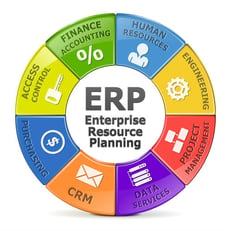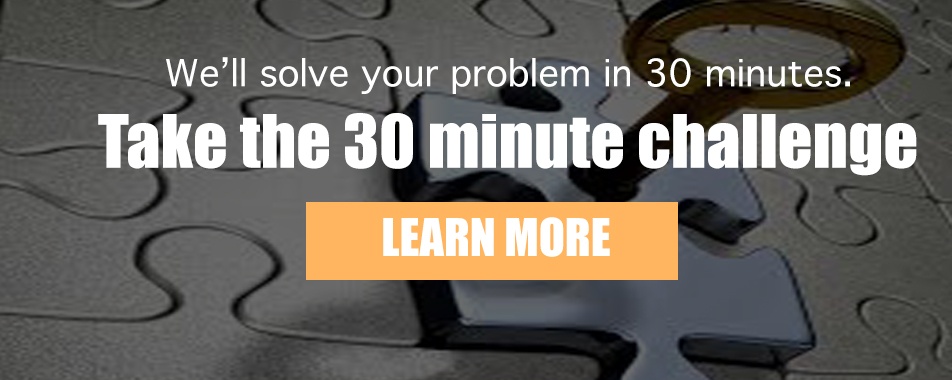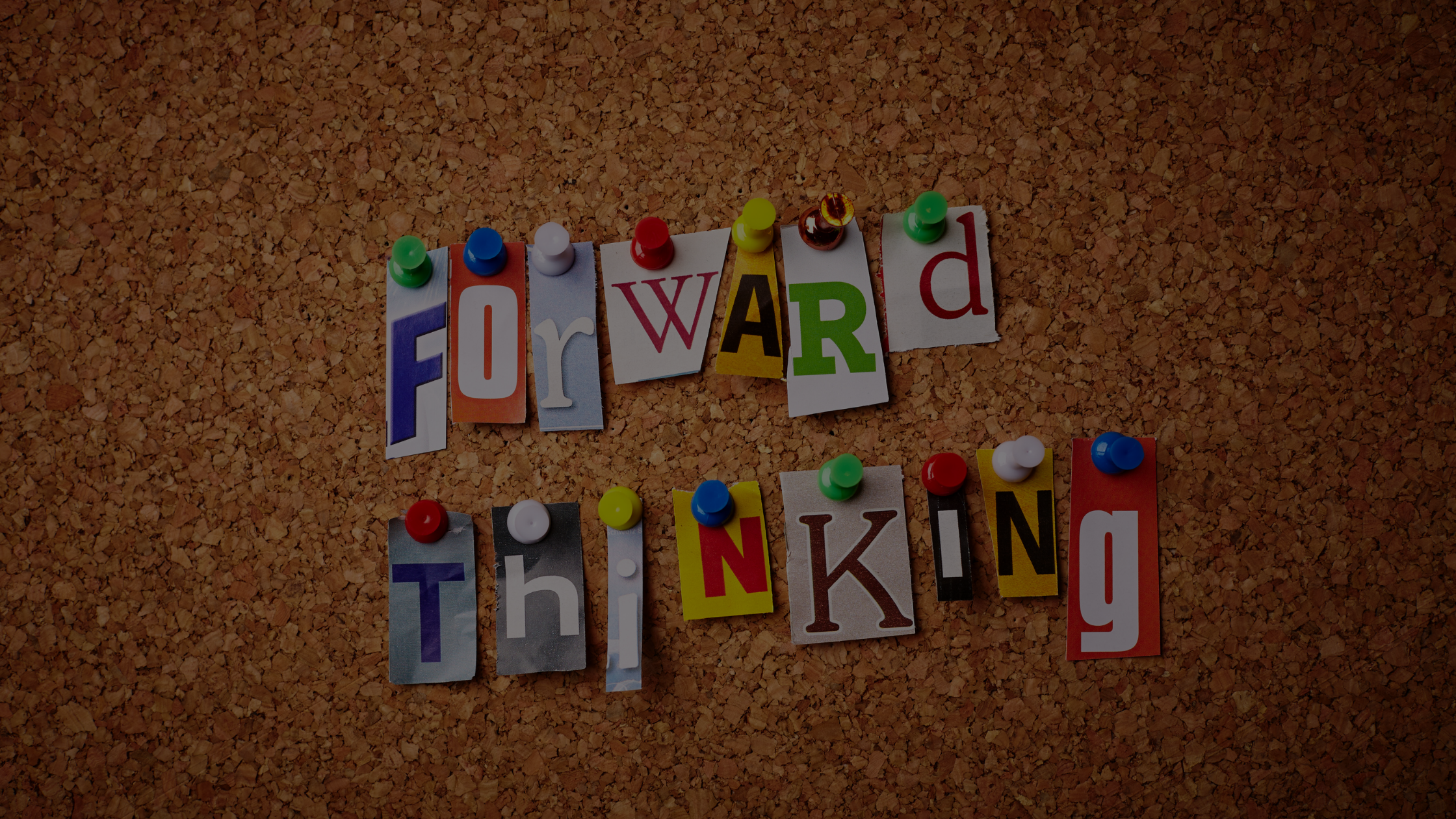Great Software Demonstrations, Part 2 – Documenting the current state of your systems and envisioning where you want them to be.
Last week we wrote Demos are Never Perfect, a blog about how software demonstrations are rarely a perfect example of how your company may actually use a product.
Here are 4 key areas to consider in getting ready for a demo:
- the current state of your ERP functions and how you got there
- common tasks that make you cringe
- your IDEAL solution
- the impact of your future business goals
In this post, we consider how you should document your ERP functions (current state) and, more importantly, your desired ERP vision (future state). If you can’t envision the finished product being an improvement, don’t do an ERP project — you’ll find it too difficult.
In looking at the current state, many businesses do things a certain way because, as we’ve heard countless times, "we've always done it that way." Question why you've always done it that way, and be open to better options. After all, you want new ERP software to make things easier. Therefore, ask for new and better ways in a demonstration.
How to begin understanding your ERP needs
The answer – both simple and not so simple – is to start on a whiteboard of critical processes. Perhaps it’s the purchasing of raw material for your manufacturing process. Or perhaps the sale and order fulfillment of your most important item. Once you've identified the process, document associated activities and transaction points.
Such as, who touches the transaction? What exactly do they do? What system(s) do they use? Why do they do what they do and how does it feed into next step in the process? What value (knowledge) is added or captured in each step of the process and what is missing (or what is extra)?
As you run through the major transactional processes of your business, you should ask many “whys.” “Why do we do it that way?” “Why don’t we do it that way?” and so on. Each “why” represents a point of learning and a thing to think about as you consider a new system and the agenda for a demonstration.
A caution: This is both time-consuming and requires a high level of attention to detail. You must leave your assumptions and experience out of the process and try to look at each step with fresh eyes. If you think you could use some help, contact us. We've done this dozens of times a year for hundreds of clients over the last 20 years.




